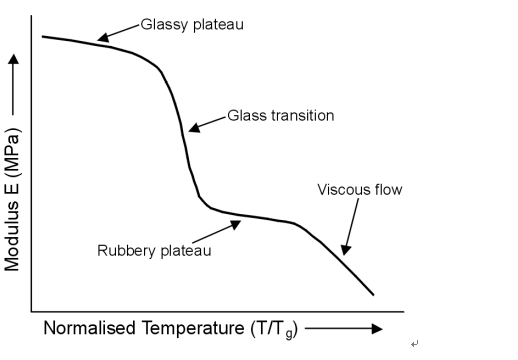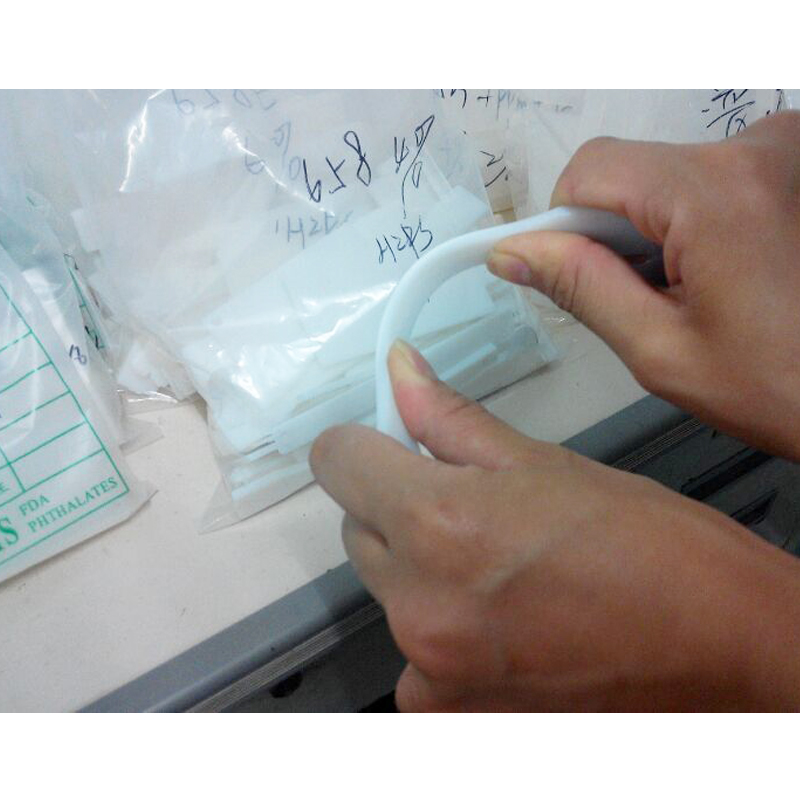Why plastics get very hard and easy to brittle in cold weather ?
25 Nov 2016 - glass temperature,anti cold agent,cold weatherability,glass transition temperature
It's a cold winter , outside is snowing , people are wearing more to keep warm .
There's another common phenomenon that plastics products get very hard in cold weather like at 10℃ or lower temperature 0℃ , -10℃.
the explanation lies in its glass transition temperature.
It's mainly because Most plastics at room temperature show their familiar properties of flexibility (a low Young’s modulus) and high resistance to cracking but when the temperature decreases this can change rapidly and many common plastics become brittle with low failure stresses. Low temperatures can be more harmful to plastics than high temperatures. Catastrophic failures can occur if materials selection does not take account of the low temperature properties of plastics.
One of the most important properties that define a polymer (and hence to an adhesive) is its glass transition temperature, the value of the glass transition temperature is directly related to the mechanical properties (strength, hardness, brittleness, elongation...) that the polymer (adhesive/plastic) presents at the temperature that is exposed,
Glass transition temperature (Tg) is defined as
the temperature at which the mechanical properties of a plastic / adhesive
radically changed due to the internal movement of the polymer chains that form
the plastic / adhesive.

Jindaquan is 18 years manufactuer in studying and solving the plastics problem including plastics hard and brittle problem in cold weather ,
Our Impact Modifier could improve and maintain plastics excellent Flexibility , elongation , toughness , impact strength and softness in cold weather even at -10℃ or -15 ℃
Meanwhile we have Anti Cold Agent even at -40 ℃


